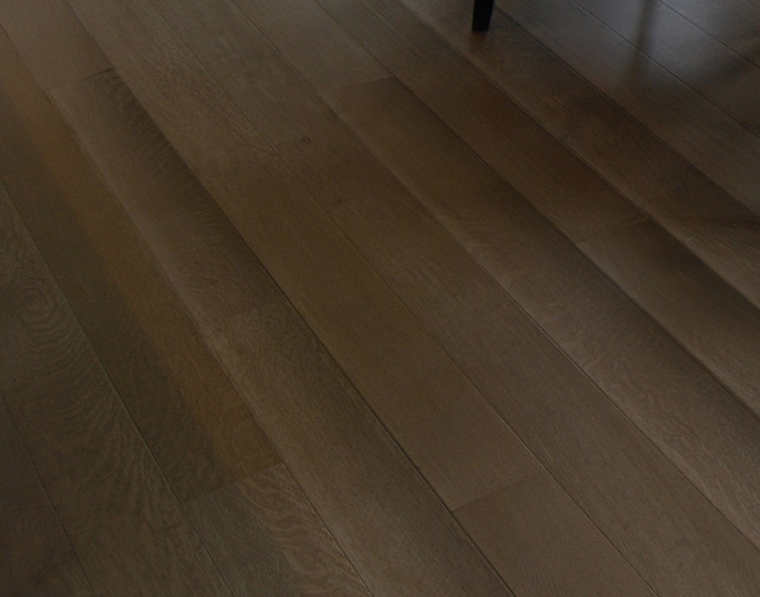Cupping

Cause
- A moisture differential within individual pieces of flooring – often excess moisture on the underside of the flooring. Additional subtle cupping can be caused by lack of proper acclimation (which is usually permanent cupping). Possible culprits for excess moisture include:
- Building leaks
- Poor drainage
- Plumbing leaks or overflows
- Leaks from dishwashers or refrigerator icemaking units
- Wet or damp basements/crawlspaces
- Concrete subfloors with excess moisture
- Poor or no ventilation
- HVAC system not operating
- Solid flooring also may cup when a wood floor undergoes conditions which trigger rapid drying on the surface. This occurs with gaps as the flooring shrinks.
- Low humidity levels can create cupping in engineered flooring which is often referred to as “dry cupping.” With dry cupping, the wood in the top layer attempts to shrink across its face while the shrinkage of the plywood backer is happening in much less of a surface area. (Dry cupping also occurs in tandem with “face-checking” – cracks in the board faces.)
Cure
Do not try to repair a cupped floor until all of the sources of excess moisture have been found and eliminated. This can only be proven with a moisture meter which takes readings of the subfloor underneath. As long as the wood is not permanently misshapen or damaged, the flooring should return to its initial shape and size once the excess moisture is eliminated. This may take weeks, months, or even an entire heating season.
Trying to sand a cupped floor while it is still moist may create additional cupping once the floor dries. Flooring which does not go back to its previous shape, even after an entire heating season, is likely permanently misshapen.
For flooring that has cupped from drying, relative humidity should be increased. Relative humidity below 20 percent is considered extremely dry for wood flooring; the best solution is adding humidification.
